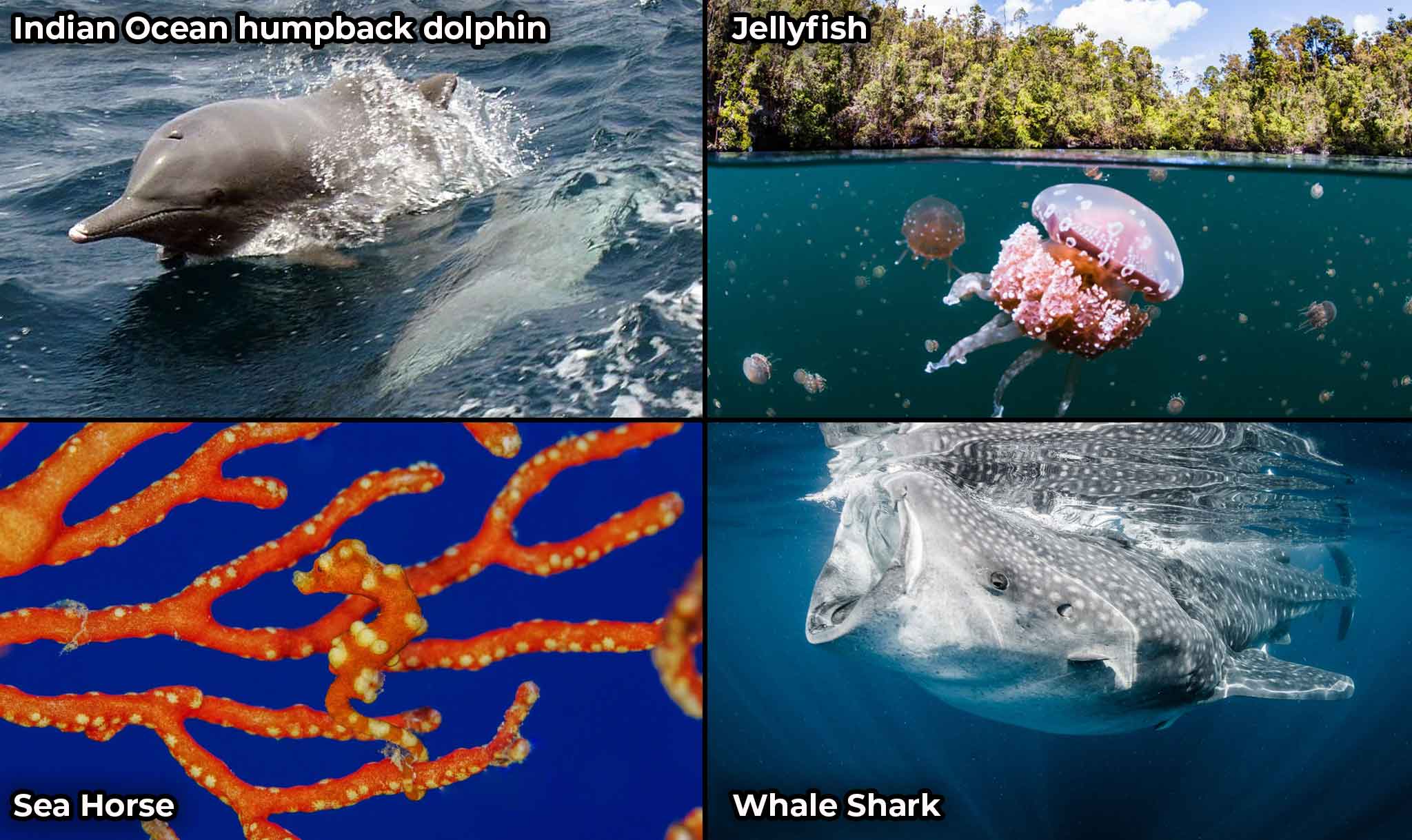Another week, another ocean. Now it’s time to learn about the third ocean in the alphabet. That’s the Indian Ocean!
True to its name, the Indian Ocean is by India. It stretches south of India (and Asia) between Africa and Australia. The Indian Ocean is the third-largest ocean.
The Indian Ocean is the warmest ocean. Lots of animals like its tropical waters. Those include jellies, squid, and the world’s largest fish — the whale shark. Some creatures live only in the Indian Ocean. The Indian Ocean humpback dolphin swims nowhere else.
The Indian Ocean is also home to the smartest fish. Manta rays have the largest brain of any fish! Shawn Heinrichs has made movies about manta rays. And he has swum with them up close. “I feel their intelligence, curiosity, and gentle nature,” Heinrichs said.
There are a few island countries in the Indian Ocean. They include Madagascar. Another group of tiny islands is the Maldives. (That heart-shaped island on the cover is there.)
The deepest point in the Indian Ocean is the Java Trench. (Some call it the Sunda Trench.) It’s 23,595 feet (7,192 m) deep. Amandangi Hastuti grew up nearby in Java, Indonesia.
Hastuti studied the underwater earthquakes that happen there. And she learned why the Indian Ocean has had such strong quakes. It’s because of giant plates of land below the ocean. The Indian Ocean lies on top of five of these plates.
“When these plates slip over, under, or past each other, energy builds up,” Hastuti explained. This energy can be “released as an earthquake,” she explained. “Undersea earthquakes sometimes cause ocean waves called tsunamis,” Hastuti added. A 2004 quake caused a huge tsunami in the Indian Ocean. After that, countries made a tsunami warning system.
Sadly, the Indian Ocean is getting warmer. Shawn Heinrichs wants kids to help. “It’s our job to take care of the planet,” he said.
Updated June 16, 2020, 5:01 P.M. (ET)
By Katie Bry





